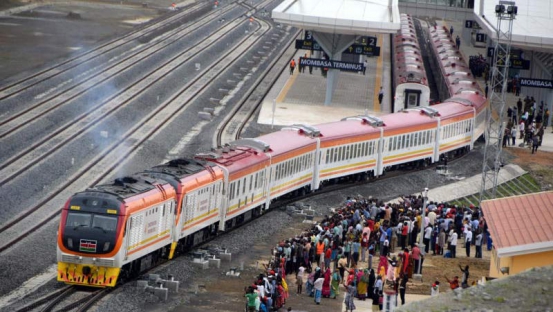×
The Standard e-Paper
Join Thousands Daily

Beginning January next year, cargo owners will start using the Standard Gauge Railway (SGR) to move goods between Mombasa and Nairobi.
The start of the SGR freight service is expected to take a huge chunk of business from cargo owners. The new service could also be the proverbial final straw that breaks the camel’s back that is the century old metre gauge railway, as SGR will probably take all customers still using the old line.